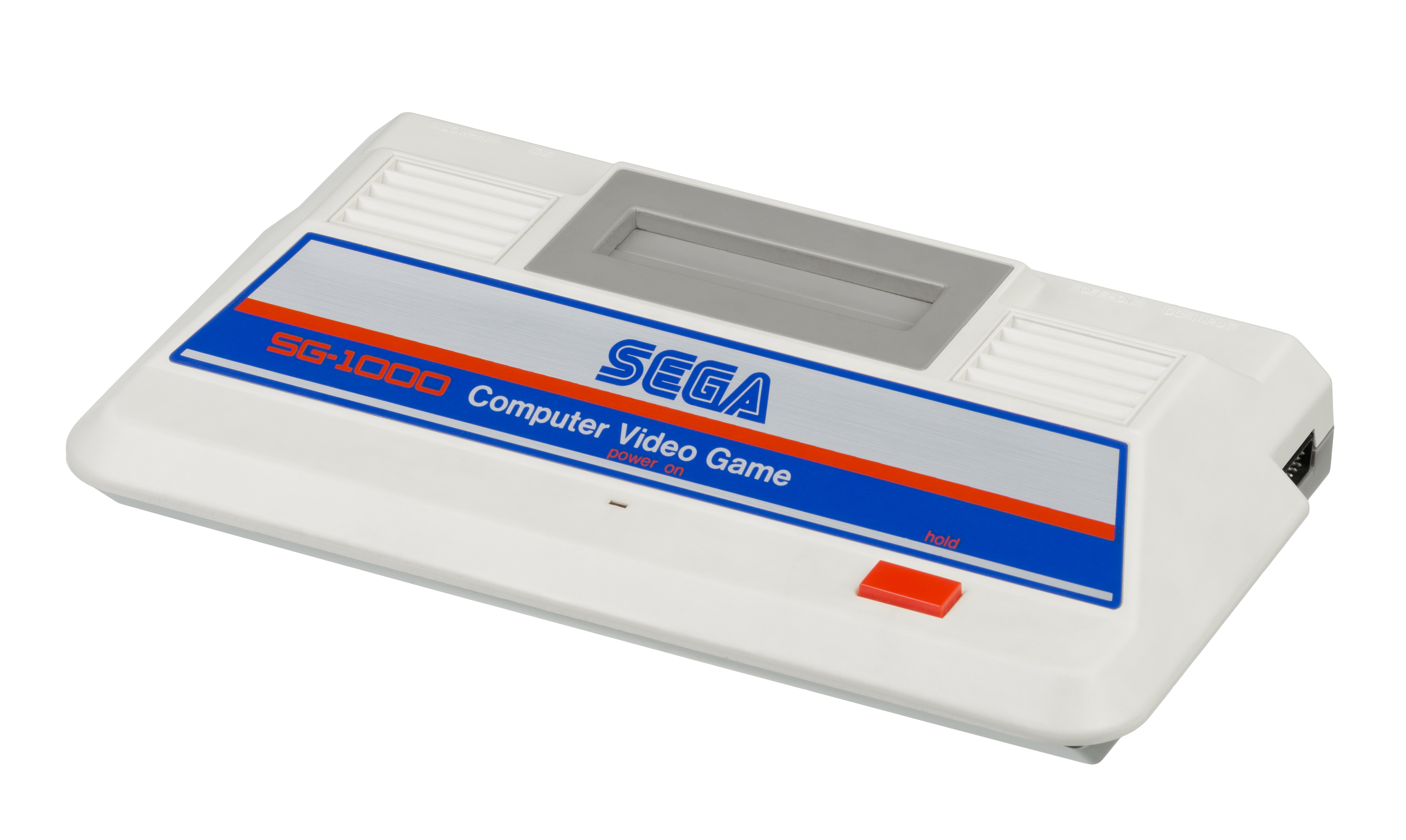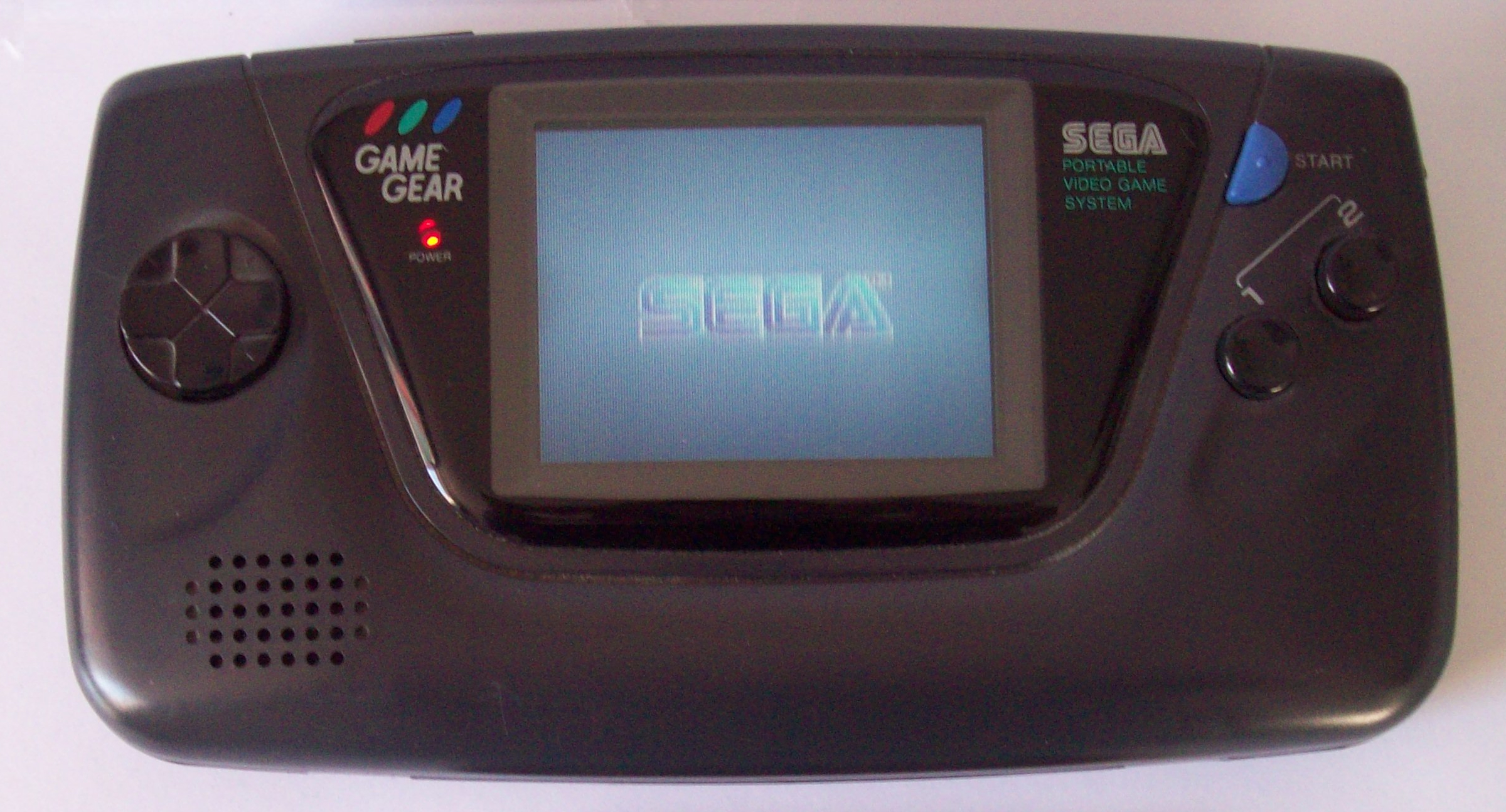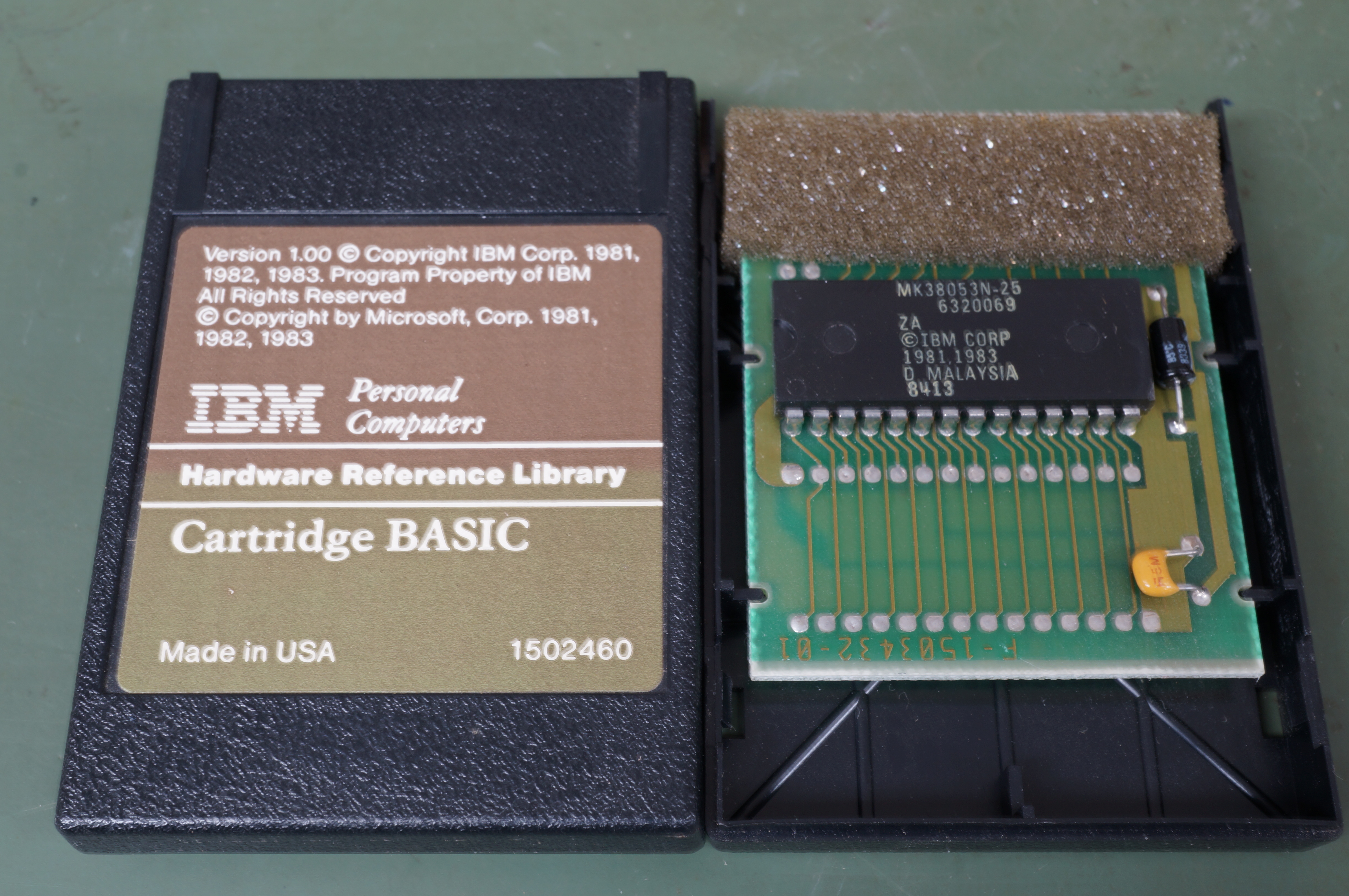|
SN76489
The SN76489 Digital Complex Sound Generator (DCSG) is a TTL-compatible programmable sound generator chip from Texas Instruments. Its main application was the generation of music and sound effects in game consoles, arcade games and home computers (such as the TI-99/4A, BBC Micro, ColecoVision, IBM PCjr, Tomy Tutor, and Tandy 1000), competing with the similar General Instrument AY-3-8910. It contains: * 3 square wave tone generators. ** A wide range of frequencies. ** 16 different volume levels. * 1 noise generator. ** 2 types (white noise and periodic). ** 3 different frequencies. ** 16 different volume levels. Overview The SN76489 was originally designed to be used in the TI-99/4 computer, where it was first called the TMS9919 and later SN94624, and had a 500 kHz max clock input rate. Later, when it was sold outside of TI, it was renamed the SN76489, and a divide-by-8 was added to its clock input, increasing the max clock input rate to , to facilitate sharing a crystal for ... [...More Info...] [...Related Items...] OR: [Wikipedia] [Google] [Baidu] |
SN76489 01
The SN76489 Digital Complex Sound Generator (DCSG) is a transistor-transistor logic, TTL-compatible programmable sound generator chip from Texas Instruments. Its main application was the generation of music and sound effects in game consoles, arcade games and home computers (such as the TI-99/4A, BBC Micro, ColecoVision, IBM PCjr, Tomy Tutor, and Tandy 1000), competing with the similar General Instrument AY-3-8910. It contains: * 3 square wave tone generators. ** A wide range of frequencies. ** 16 different volume levels. * 1 noise generator. ** 2 types (white noise and periodic). ** 3 different frequencies. ** 16 different volume levels. Overview The SN76489 was originally designed to be used in the TI-99/4A#99/4, TI-99/4 computer, where it was first called the TMS9919 and later SN94624, and had a 500 kHz max clock input rate. Later, when it was sold outside of TI, it was renamed the SN76489, and a divide-by-8 was added to its clock input, increasing the max clock input rat ... [...More Info...] [...Related Items...] OR: [Wikipedia] [Google] [Baidu] |
Tomy Tutor
The Tomy Tutor, originally sold in Japan as the and in the UK as the Grandstand Tutor, is a home computer produced by the Japanese toymaker Tomy. It is architecturally similar, but not identical, to the TI-99/4A, and uses a similar Texas Instruments TMS9900 16-bit CPU. [...More Info...] [...Related Items...] OR: [Wikipedia] [Google] [Baidu] |
Tandy 1000
The Tandy 1000 is the first in a line of IBM PC workalike home computer systems produced by the Tandy Corporation for sale in its Radio Shack and Radio Shack Computer Center chains of stores. Overview In December 1983, an executive with Tandy Corporation, maker of TRS-80 computers, said about the new IBM PCjr: "I'm sure a lot of people will be coming out with PCjr look-alikes. The market is big." While preparing the Tandy 2000—the company's first MS-DOS computer—for release in November 1983, Tandy began designing the Tandy 1000, code named "August". Unlike the 2000 it would be PC compatible with the IBM PC, and support the PCjr graphics standard. Released in November 1984, the $1,200 Tandy 1000 offers the same functionality as the PCjr, but with an improved keyboard and better expandability and compatibility. "How could IBM have made that mistake with the PCjr?" an amazed Tandy executive said regarding its chiclet keyboard, and another claimed that the 1000 "is what the PCj ... [...More Info...] [...Related Items...] OR: [Wikipedia] [Google] [Baidu] |
BBC Micro
The British Broadcasting Corporation Microcomputer System, or BBC Micro, is a series of microcomputers and associated peripherals designed and built by Acorn Computers in the 1980s for the BBC Computer Literacy Project. Designed with an emphasis on education, it was notable for its ruggedness, expandability, and the quality of its operating system. An accompanying 1982 television series, ''The Computer Programme'', featuring Chris Serle learning to use the machine, was broadcast on BBC2. After the Literacy Project's call for bids for a computer to accompany the TV programmes and literature, Acorn won the contract with the ''Proton'', a successor of its Atom computer prototyped at short notice. Renamed the BBC Micro, the system was adopted by most schools in the United Kingdom, changing Acorn's fortunes. It was also successful as a home computer in the UK, despite its high cost. Acorn later employed the machine to simulate and develop the ARM architecture. While nine models ... [...More Info...] [...Related Items...] OR: [Wikipedia] [Google] [Baidu] |
ColecoVision
ColecoVision is a second-generation home video-game console developed by Coleco and launched in North America in August 1982. It was released a year later in Europe by CBS Electronics as the CBS ColecoVision. The console offered a closer experience to more powerful arcade video games compared to competitors such as the Atari 2600 and Intellivision. The initial catalog of twelve games on ROM cartridge included the first home version of Nintendo's ''Donkey Kong'' as the pack-in game. Approximately 136 games were published between 1982 and 1984, including Sega's ''Zaxxon'' and some ports of lesser known arcade games that found a larger audience on the console, such as '' Lady Bug'', ''Cosmic Avenger'', and ''Venture''. Coleco released a series of hardware add-ons and special controllers to expand the capabilities of the console. "Expansion Module #1" allows the system to play Atari 2600 cartridges. A later module converts ColecoVision into the Coleco Adam home computer. Coleco ... [...More Info...] [...Related Items...] OR: [Wikipedia] [Google] [Baidu] |
SG-1000
The is a home video game console manufactured by Sega. It was Sega's first entry into the home video game hardware business. Developed in response to a downturn in arcades starting in 1982, the SG-1000 was created on the advice of Hayao Nakayama, president of Sega's Japanese arm, and was released on July 15, 1983, the same day that Nintendo released the Family Computer in Japan. It also saw limited release in Australia and New Zealand. The SG-1000 was released in several forms, including the SC-3000 computer and the redesigned SG-1000 II released in 1984. The SG-1000 and the SC-3000 both support a library of 76 ROM cartridge games and 29 Sega My Card games. A third iteration of the console, the Sega Mark III, was released in 1985. It provided an improved custom video display processor over previous iterations and served as the basis for the Master System in 1986, Sega's first internationally released console. All SG-1000 games are fully compatible with the Mark III and th ... [...More Info...] [...Related Items...] OR: [Wikipedia] [Google] [Baidu] |
Sega Genesis
The Sega Genesis, known as the outside North America, is a 16-bit Fourth generation of video game consoles, fourth generation home video game console developed and sold by Sega. It was Sega's third console and the successor to the Master System. Sega released it in 1988 in Japan as the Mega Drive, and in 1989 in North America as the Genesis. In 1990, it was distributed as the Mega Drive by Virgin Mastertronic in Europe, Ozisoft in Australasia, and Tec Toy in Brazil. In South Korea, it was distributed by Samsung as the Super Gam*Boy and later the Super Aladdin Boy. Designed by an Research and development, R&D team supervised by Hideki Sato and Masami Ishikawa, the Genesis was adapted from Sega's Sega System 16, System 16 arcade board, centered on a Motorola 68000 processor as the central processing unit, CPU, a Zilog Z80 as a sound controller, and a video system supporting hardware Sprite (computer graphics), sprites, Tile-based video game, tiles, and scrolling. It plays a List ... [...More Info...] [...Related Items...] OR: [Wikipedia] [Google] [Baidu] |
Game Gear
The is an 8-bit fourth generation handheld game console released by Sega on October 6, 1990, in Japan, in April 1991 throughout North America and Europe, and during 1992 in Australia. The Game Gear primarily competed with Nintendo's Game Boy, the Atari Lynx, and NEC's TurboExpress. It shares much of its hardware with the Master System, and can play Master System games by the use of an adapter. Sega positioned the Game Gear, which had a full-color backlit screen with a landscape format, as a technologically superior handheld to the Game Boy. Though the Game Gear was rushed to market, its unique game library and price point gave it an edge over the Atari Lynx and TurboExpress. However, due to its short battery life, lack of original games, and weak support from Sega, the Game Gear was unable to surpass the Game Boy, selling 10.62 million units by March 1996. The Game Gear was discontinued in 1997. It was re-released as a budget system by Majesco Entertainment in 2000, under li ... [...More Info...] [...Related Items...] OR: [Wikipedia] [Google] [Baidu] |
Master System
The is an 8-bit third-generation home video game console manufactured by Sega. It was originally a remodeled export version of the Sega Mark III, the third iteration of the SG-1000 series of consoles, which was released in Japan in 1985 and featured enhanced graphical capabilities over its predecessors. The Master System launched in North America in 1986, followed by Europe in 1987, and then in Brazil and Korea in 1989. A Japanese version of the Master System was also launched in 1987, which features a few enhancements over the export models (and by proxy the original Mark III): a built-in FM audio chip, a rapid-fire switch, and a dedicated port for the 3D glasses. The Master System II, a cheaper model, was released in 1990 in North America, Australasia and Europe. The original Master System models use both cartridges and a credit card-sized format known as Sega Cards. Accessories for the consoles include a light gun and 3D glasses that work with a range of specially design ... [...More Info...] [...Related Items...] OR: [Wikipedia] [Google] [Baidu] |
IBM PCjr
The IBM PCjr (pronounced "PC junior") was a home computer produced and marketed by IBM from March 1984 to May 1985, intended as a lower-cost variant of the IBM PC with hardware capabilities better suited for video games, in order to compete more directly with other home computers such as the Apple II and Commodore 64. It retained the IBM PC's 8088 CPU and BIOS interface, but provided enhanced graphics and sound, ROM cartridge slots, built-in joystick ports, and an infrared wireless keyboard. The PCjr supported expansion via "sidecar" modules, which could be attached to the side of the unit. Despite widespread anticipation, the PCjr was ultimately unsuccessful in the market. It was only partially IBM compatible, limiting support for IBM's software library, its chiclet keyboard was widely criticized for its poor quality, expandability was limited, and it was initially offered with a maximum of of RAM, insufficient for many PC programs. Models The PCjr came in two models: ... [...More Info...] [...Related Items...] OR: [Wikipedia] [Google] [Baidu] |
TI-99/4A
The TI-99/4 and TI-99/4A are home computers released by Texas Instruments in 1979 and 1981, respectively. Based on the Texas Instruments TMS9900 microprocessor originally used in minicomputers, the TI-99/4 was the first 16-bit home computer. The associated video display controller provides color graphics and sprite support which were only comparable with those of the Atari 400 and 800 released a month after the TI-99/4. The calculator-style keyboard of the TI-99/4 was cited as a weak point, and TI's reliance on ROM cartridges and their practice of limiting developer information to select third parties resulted in a lack of software for the system. The TI-99/4A was released in June 1981 to address some of these issues with a simplified internal design, full-travel keyboard, improved graphics, and a unique expansion system. At half the price of the original model, sales picked up significantly and TI supported the 4A with peripherals, including a speech synthesizer and a "Per ... [...More Info...] [...Related Items...] OR: [Wikipedia] [Google] [Baidu] |









